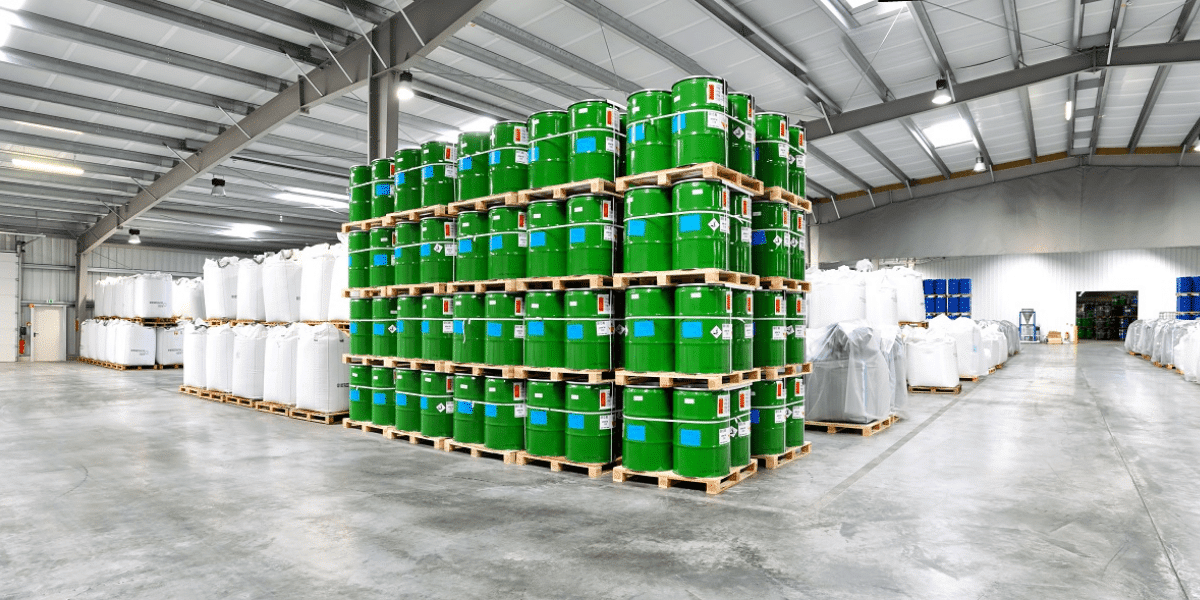Some classes of solvents dry at roughly the same rate, but air-dry solvents offer a multitude of different dry times, with the ideal drying period ranging from a few seconds to a few weeks, depending on the needs of the end user. The optimal dry time for air-dry solvents depends on the applications for which they are used. To show how these types of solvents benefit end users, it helps to discuss them in terms of drying time: fast drying and slow drying.
Fast Drying Air-Dry Solvents
Air-dry solvents that have a quick rate of evaporation are perfect for certain cleaning operations, particularly those that require a quick response, such as cleaning the engines of jets that must soon return to the runway, and cleaning surfaces that are commonly used in work areas. Air-dry solvents that have a fast evaporation rate are also an excellent option for cleaning sensitive electronics, as the solution quickly evaporates instead of soaking the parts in excess solvent.
Fast drying solvents also have some benefits that apply somewhat indirectly to their use. One of these benefits is that less excess solvent is collected in the waste disposal system, which can reduce waste disposal costs, and add financial flexibility to the operating budget. Another benefit is that a fast dry rate can result in better turnaround times for various types of work orders, which ultimately translates into increased productivity that bolsters the end user’s bottom line.
Slow Drying Air-Dry Solvents
Air-dry solvents that have a slow rate of evaporation are also perfect for certain cleaning operations, especially ones that require extensive solvent application to break up tough accumulations. For example, tools that have a thick accumulation of tough substances such as carbon and tar may require a slow drying solvent in order to completely remove the accumulations. Instead of continuously applying solvent that has a fast dry rate, the end user can apply one round of solvent that has a slow dry time, and let the solution do its work.
An additional benefits of slow drying solvents include: minimizing the use of solvent, which helps reduce cleaning solution costs; and less waste chemical production, which can reduce waste disposal costs. Overall, slow drying air-dry solvents are best used for comprehensive cleaning projects that don’t require a quick turnaround time. Nevertheless, they do offer an effective way to break up tough accumulations that would be practically impossible to remove by hand.
Contact Ecolink Today
If your company or organization needs an air-dry solvent, but you are unsure about how long the drying process should last, Ecolink is here to help. We offer air-dry solvents that have a variety of different drying rates and can be used for numerous types of cleaning operations.
For assistance choosing the best air-dry solvent for your needs, give us a call today at (800) 563-1305, or refer to the contact page on our website. We look forward to supplying you with the best eco friendly cleaning solvents for all of your cleaning operations!















